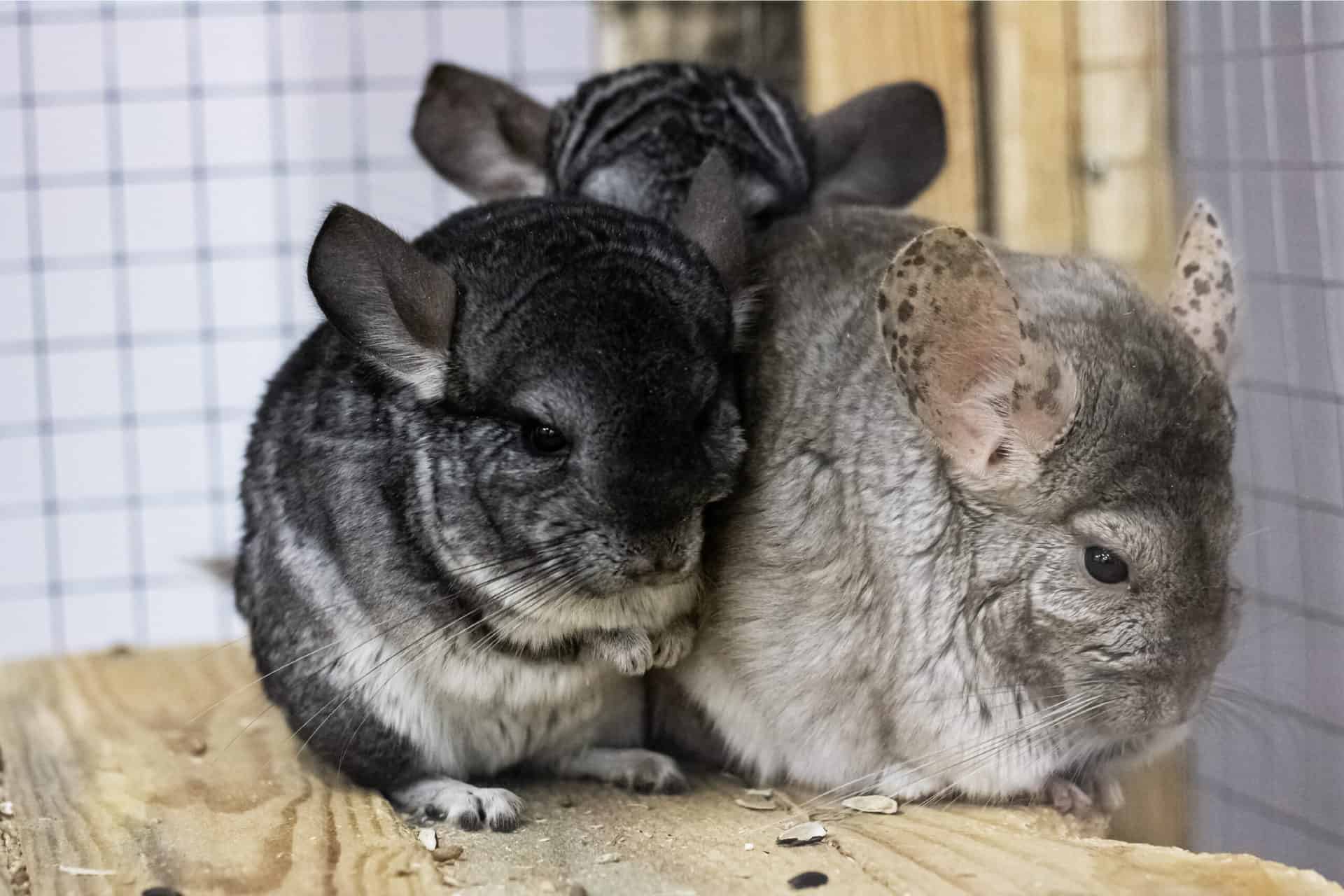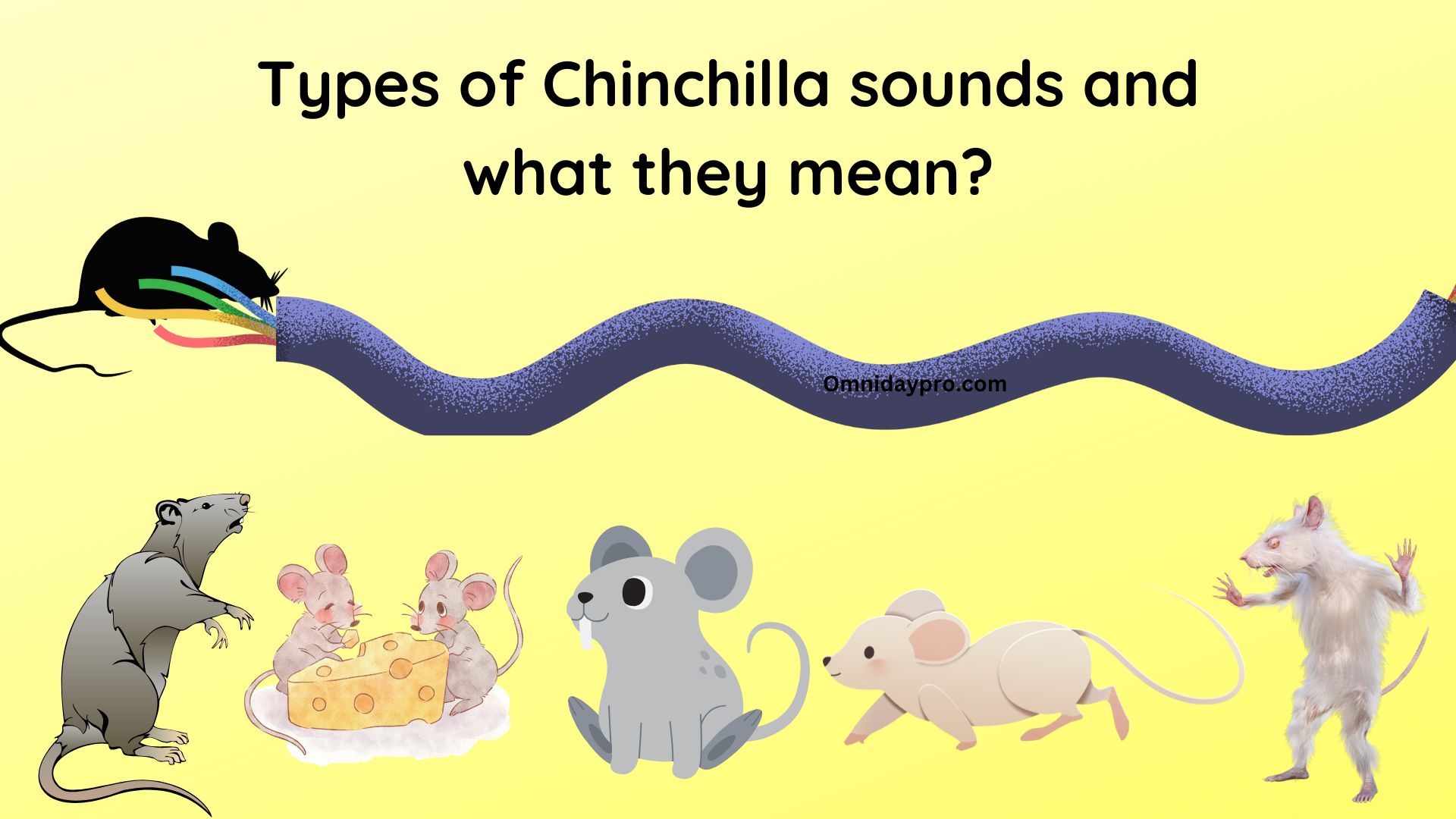Introduction
Chinchillas are very small mammals that originated in South America. They’re often kept as exotic pets, but they’re also used for scientific research and other purposes. The chinchilla’s ears can hear sounds up to 180 decibels, which means you’ll need to make sure that your enclosure is large enough for them!
The Chinchilla’s ears are located on his cheeks and can hear sounds up to 180 decibels.
The chinchilla’s ears are located on his cheeks and can hear sounds up to 180 decibels. This is enough to cause discomfort for the animal, who will respond by scratching its ears or head.
Chinchillas do not have natural predators because they are not aggressive enough to be threatened by other animals. However, they may be preyed upon when they become too old or sickly to move around easily and find themselves in an enclosed area such as a cage or tunnel with little ventilation; this could lead to asphyxiation if left unchecked for long periods of time.
Do Chinchillas Make Noise?
Chinchillas are quiet animals, but they do make noises. They communicate with each other through a variety of different noises, including chirps, whistles and mews. Chinchilla sounds can also be used to express their emotions: happy or scared; hungry or in pain.
Chinchillas don’t use their voices much–they prefer to communicate non-verbally by using body language and facial expressions (such as raising an eyebrow).
Why Do Chinchillas Make These Sounds

To begin with, it is important to know that chinchillas make these sounds in order to communicate with other chinchillas. They do this through the use of body language and vocalizations. Chinchillas will also make these vocalizations when they are alone or if there is no one else nearby, but they do it less frequently than when there are other animals in the area.
Chinchilla sounds can indicate where you are in relation to your companion animal and what kind of mood he/she is in at that moment. For example: “Chirp”: This sound means “I’m happy because I have food available.” The same goes for “Purr”: If a chinchilla purrs while eating then he/she must be satisfied with his/her meal! Finally, if you hear any kind of growling noises coming from one of your furry friends then this could mean something bad has happened–like maybe another rabbit stole some lettuce right off their plate!
What Other Happy Chinchilla Sounds Are There?

Chinchillas make a variety of sounds, from high-pitched squeaks to lower, guttural sounds. The chinchilla’s vocal cords are located along the throat, so it’s no wonder that they can produce such a wide range of noises.
The squeak is usually a happy sound that comes from when you pet your chinchilla or give it playtime toys. You’ll hear this if you have one in your room!
Low, Gentle Squeaking.
The chinchilla is happy and content. This sound means that the animal is content with its surroundings, but also wants to be fed. It will make this sound when it feels like you are paying attention to it or giving it food, so if you hear this sound while your chinchilla is eating out of its bowl, feel free to go ahead and give them more!
Continuous Squeaking..
Continuous Squeaking is when your chinchilla makes this sound all the time.
It’s not a good sign, but it can be caused by many things. It might be because they are scared or they have an injury and they’re trying to tell you that they need help. It could also mean that there is something wrong with them (like a tumor). If you notice that your chinchilla has continuous squeaking in one area of their cage or house, then take them to the veterinarian immediately!
Barking.
Chinchillas can bark like a dog, often when they are scared or angry. They also bark when they are excited and this is a good way to tell the difference between a happy and an angry chinchilla.
Teeth Grinding.
Teeth grinding is a common sign of stress in chinchillas. It can be caused by loneliness, boredom, or when they are excited. If you notice your chinchilla grinding his teeth all the time, it is not a good sign. The best way to prevent this behavior is by keeping your pet on a regular schedule and having fun with him or her every day!
If you find that your pet has been doing this for an extended period of time (more than 2 weeks), then it may indicate something more serious like an illness such as dental disease or oral cancer–which means that you should consult a vet immediately!
Screaming.
Screaming is a common chinchilla behavior. It’s most likely to occur when you handle your chinchilla or when you change his cage, but it can also happen spontaneously.
If your chinchilla screams during grooming, this means he is in pain and does not like being touched by humans. You should stop the grooming immediately and talk with your vet about what could be causing this reaction from your pet.
Spitting (Kacking)
Spitting (kacking) is when a chinchilla spits at you. The reason for this action is to show aggression and displeasure. Chinchillas don’t like being held, so if you pick one up and hold them, they may spit at you as a sign of distress. It could also mean that your chin has been bitten by another animal or human before; however, it’s rare for a chinchilla to bite humans unless they feel threatened in some way.
Spitting can also be an indication that another animal has hurt the animal in question: for example, if one member of your household bites another member of their family then this could lead to an aggressive reaction from both parties involved!
Teeth Chattering.
Chinchilla teeth chattering is a sign of stress and discomfort. It can be caused by many things, but the most common causes are cold temperatures or anxiety. If you notice your chinchilla’s teeth are chattering, it may be trying to tell you something.
Fighting.

Chinchillas will fight when they are threatened or when they’ve been separated from their cage mates.
Chinchillas can be prevented from fighting by giving them plenty of space and by keeping the cage clean.
The first things the chinchilla sees are the whiskers, eyes and nose.
The first things the chinchilla sees are the whiskers, eyes and nose. The whiskers are used to detect smells while they’re moving around. Their eyesight is very good, so they can see movement in front of them as well as behind them. The chinchillas’ sense of smell is also quite strong, so they use it a lot when hunting for food or other interesting things to eat!
A chinchilla has a good sense of smell and hearing, which makes him an excellent hunter.
Chinchillas have a good sense of smell and hearing, which makes them an excellent hunter. They use their whiskers to feel their way around in the dark, as well as their ears to hear sounds that help them find food.
Chinchillas have a large sense of touch as well.
Chinchillas have a large sense of touch. They use their whiskers to sense the air and they can tell if something is moving very quickly or slowly. This helps them avoid getting hit by predators like cats, birds or snakes.
Chinchillas are great pets!
Chinchillas are very intelligent animals that can be trained to do many things. You will find them to be very social and love to interact with people, especially their owners. They also have an excellent sense of smell, so they need to be kept in a clean environment at all times!
Chinchillas are great pets because they love attention, they’re clean animals (unless you let them get dirty), and they’re entertaining.
Conclusion
As you can see, chinchillas are very social animals and make a lot of noise. They have a good sense of smell and hearing, which makes them an excellent hunter. Chinchillas also have a large sense of touch as well .
